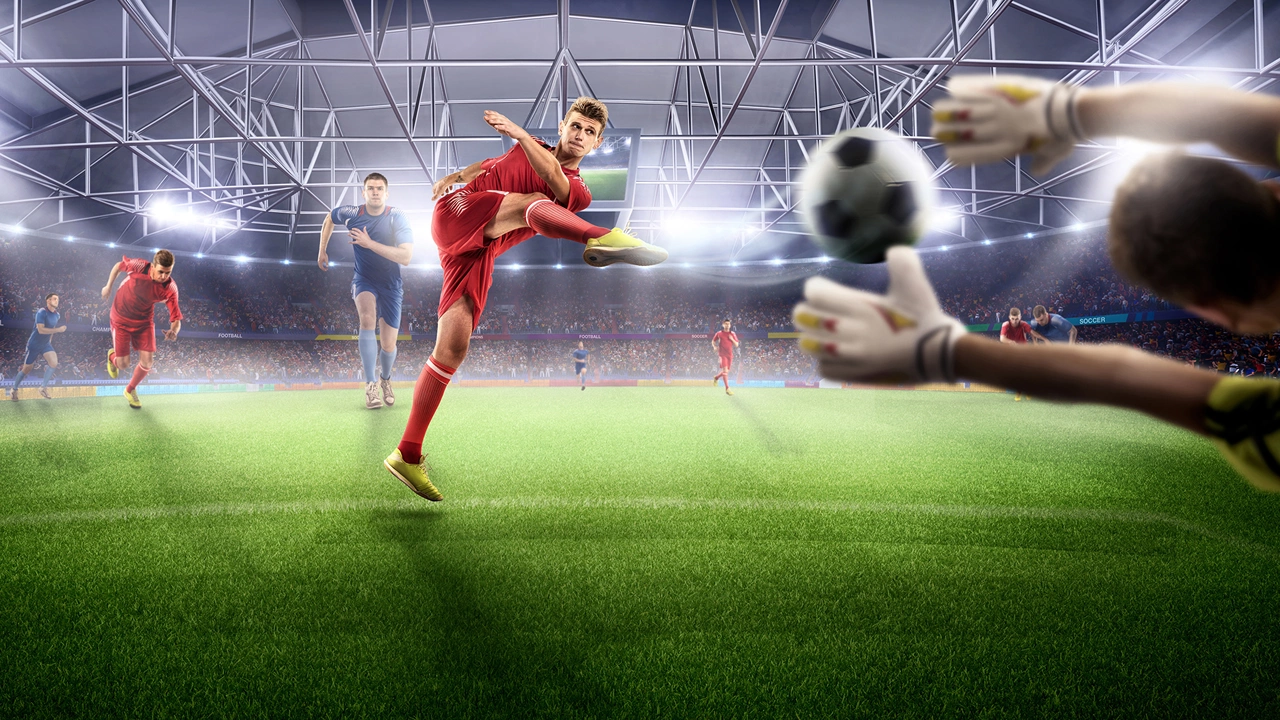Football Goals: The Heartbeat of Every Match
When you watch a match, football goals are the moments that fire up the crowd. football goals, the instant the ball fully crosses the line and changes the score. Also known as soccer goals, they decide wins, draws, and losses.
Behind each goal lies a striker, the player who finishes attacks and puts the ball in the net. On the other side, a goalkeeper, the last line of defence whose job is to stop those very same scoring attempts fights to keep the score level. The dynamic between striker and goalkeeper creates the drama that makes football goals unforgettable.
Key Factors Behind Scoring
Football goals often stem from three core situations: open play, set pieces, and quick assists. Open‑play goals require a striker's positioning, timing, and finishing skill. Set‑piece goals rely on rehearsed routines—corners, free‑kicks, or penalty kicks—where a precise delivery meets a well‑timed run. Quick assists, usually a one‑two pass or a through ball, exploit gaps in the defence, giving the striker a clear shot on goal. Each scenario adds a layer of strategy that coaches embed into training sessions.
When a team masters set pieces, the probability of scoring a football goal rises dramatically. A well‑executed corner can create a crowded box, increasing chances for a header or volley. This is why many coaches allocate dedicated practice time to set‑piece drills, tracking success rates with match statistics. The data shows that teams scoring from set pieces win more games on average, highlighting the direct link between tactical preparation and the number of football goals.
Assist quality matters as much as striker talent. A crisp, accurate pass that splits the defence often leads to a higher‑probability shot. Studies from top leagues show that players with high assist counts also contribute to more football goals for their side. Therefore, coaches emphasize vision and timing in midfield training, ensuring that the ball arrives at the right place at the right time.
Goalkeepers influence football goals by shaping shooting decisions. A keeper who commands the box, narrows angles, and reads the striker’s body language forces shooters to take tougher attempts. This defensive pressure can lower the conversion rate, turning potential goals into missed chances. Training drills that improve a keeper’s footwork and positioning directly affect the number of goals a team concedes.
Beyond individual roles, the competition context matters. In the Championship, for example, the average number of football goals per game sits around 2.3, while in cup finals the stakes push teams to be more cautious, often resulting in fewer scoring moments. Understanding these trends helps fans and analysts predict how many goals a match might produce.
Our collection below pulls together articles that dive deeper into each of these angles—match reports highlighting crucial goals, tactical breakdowns of set‑piece success, and player profiles on top strikers and goalkeepers. Whether you’re a coach looking for drills, a fan craving insight, or a player aiming to improve your finishing, the posts ahead give you practical takeaways tied straight to the world of football goals.
